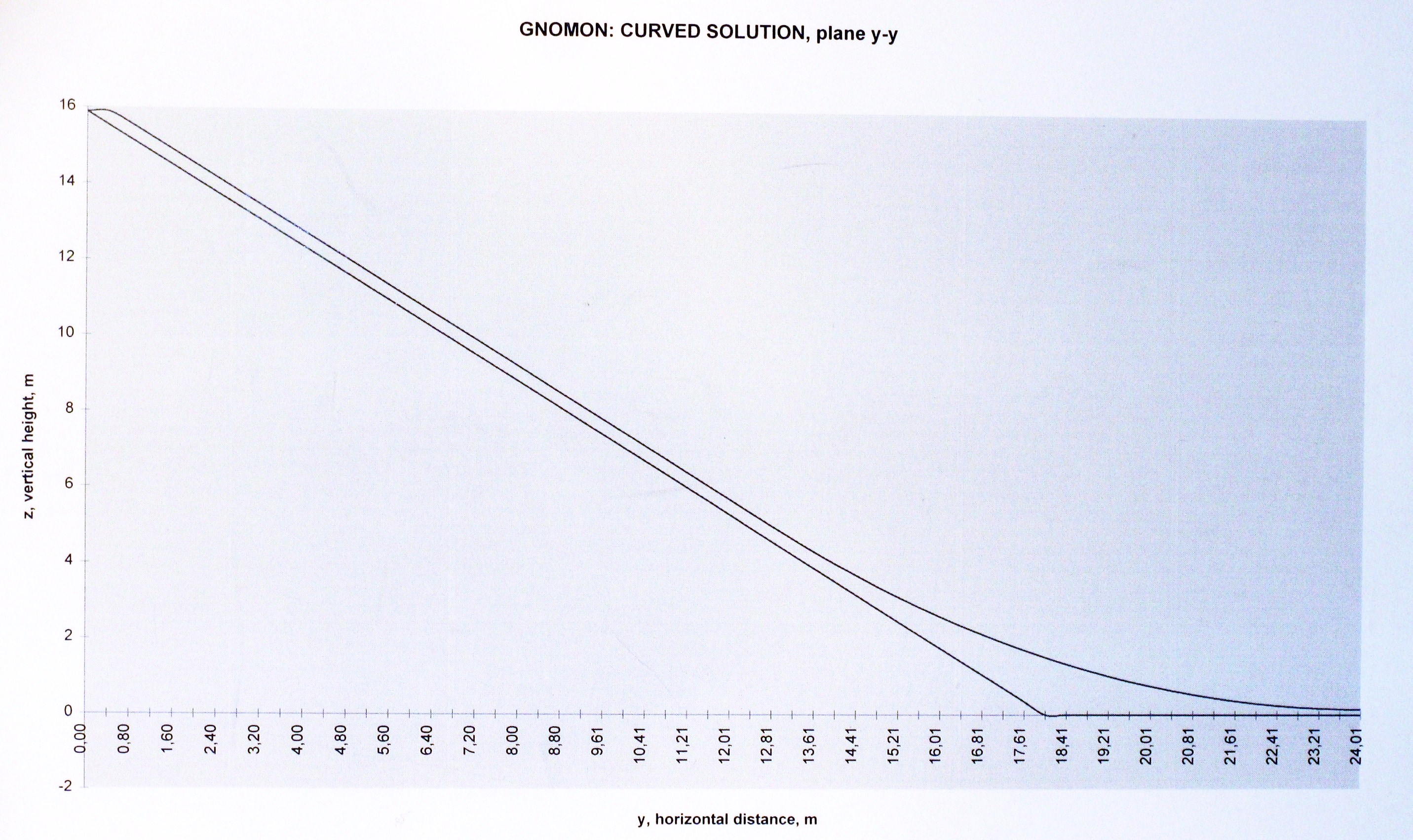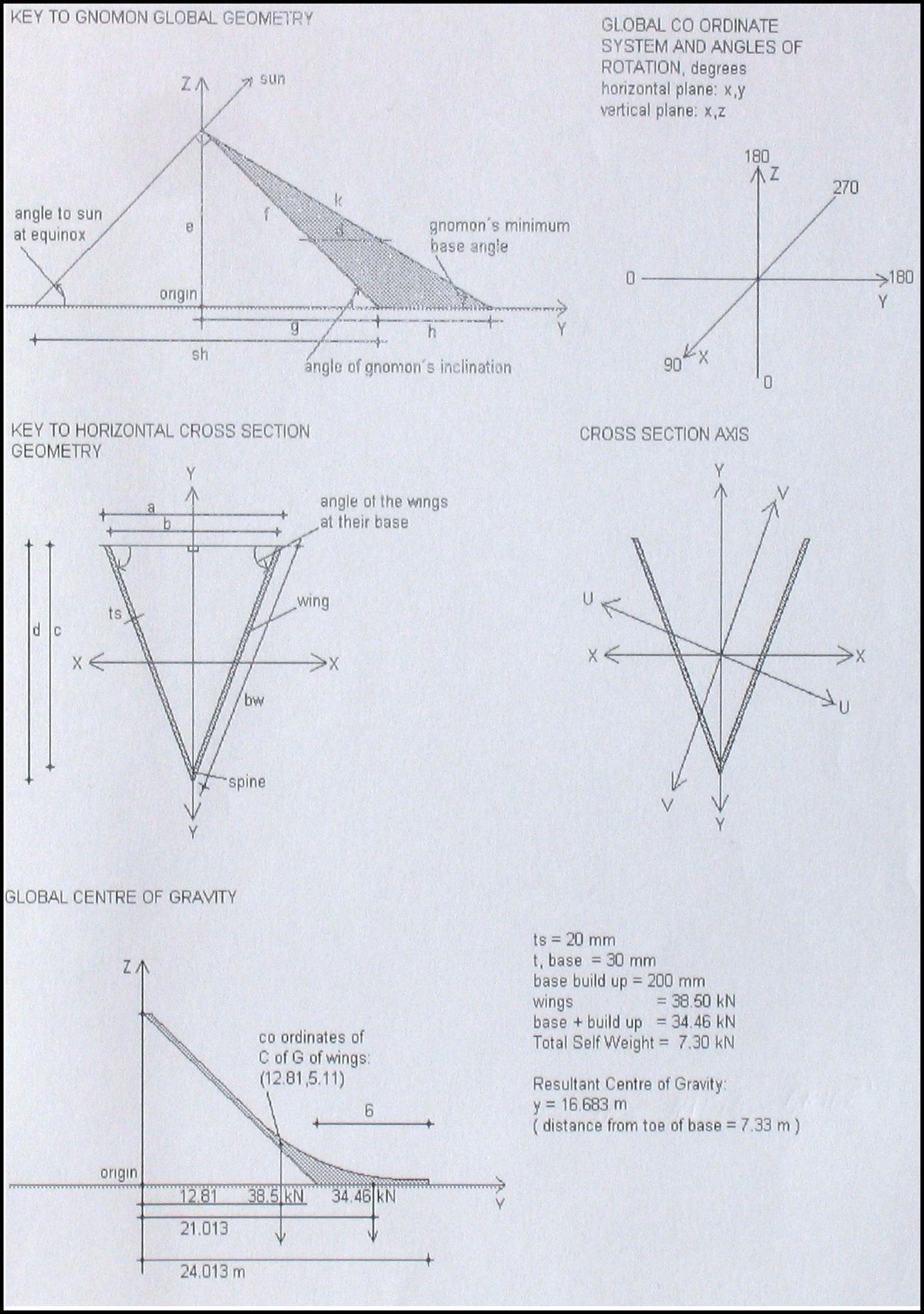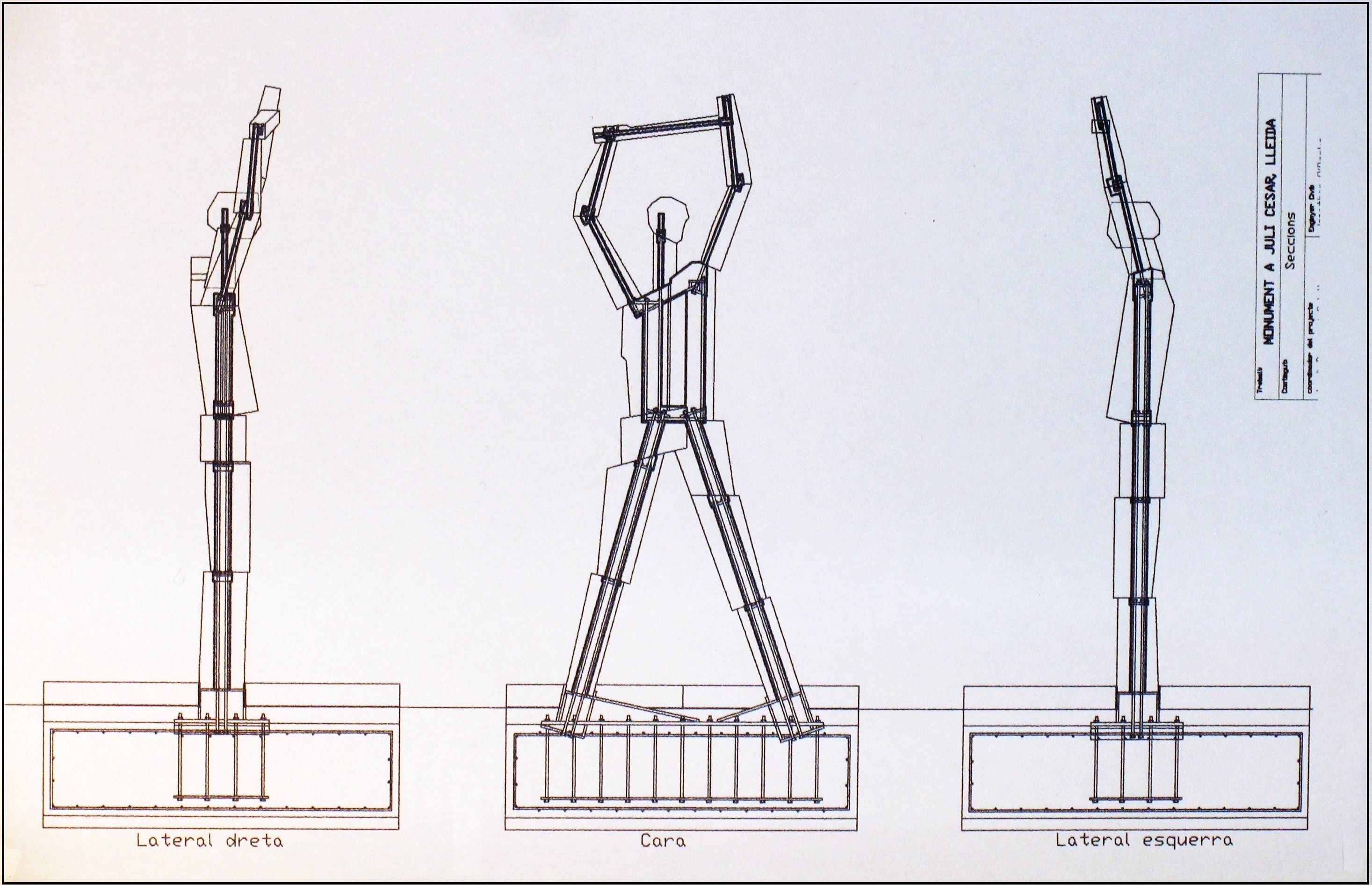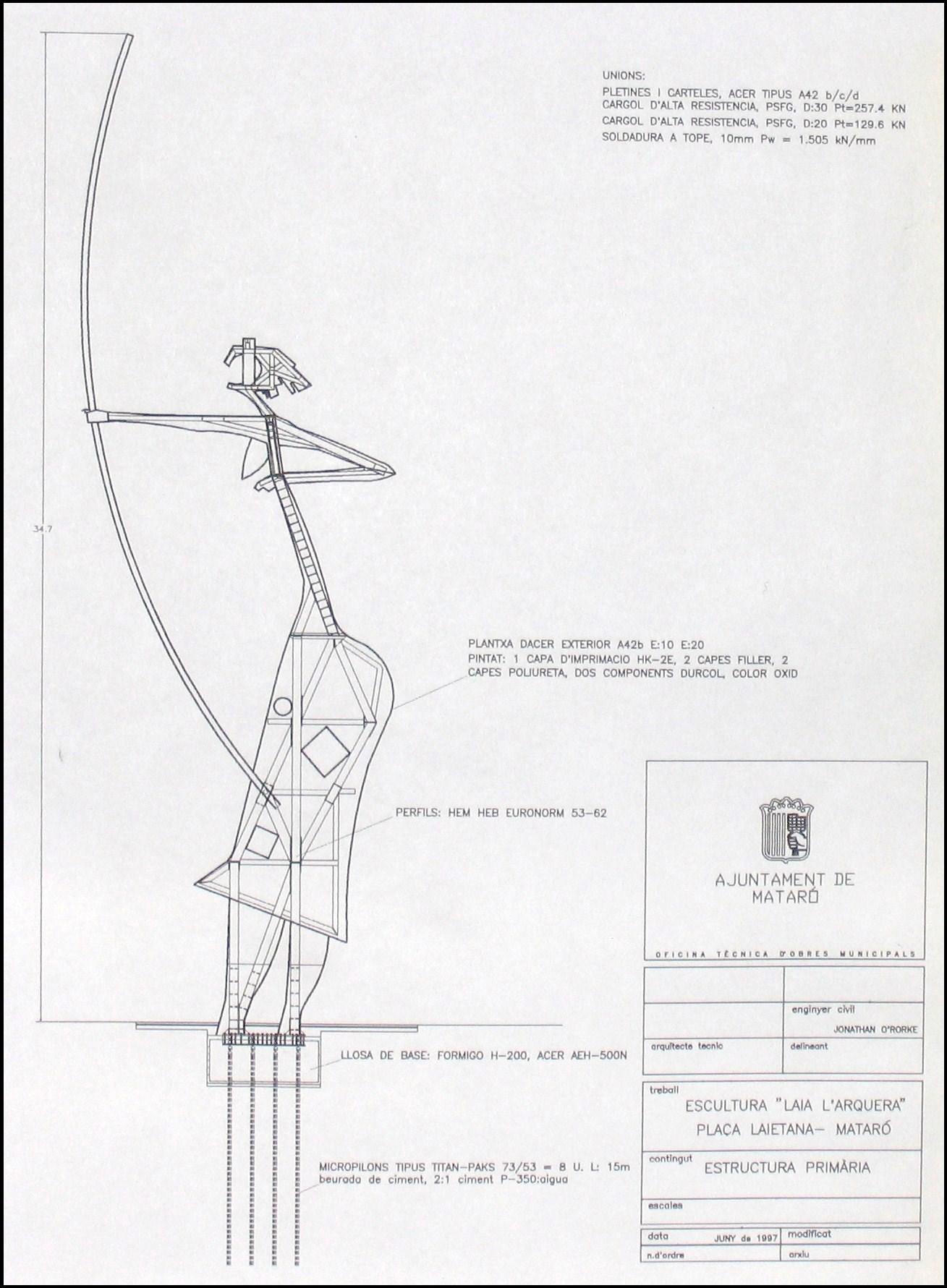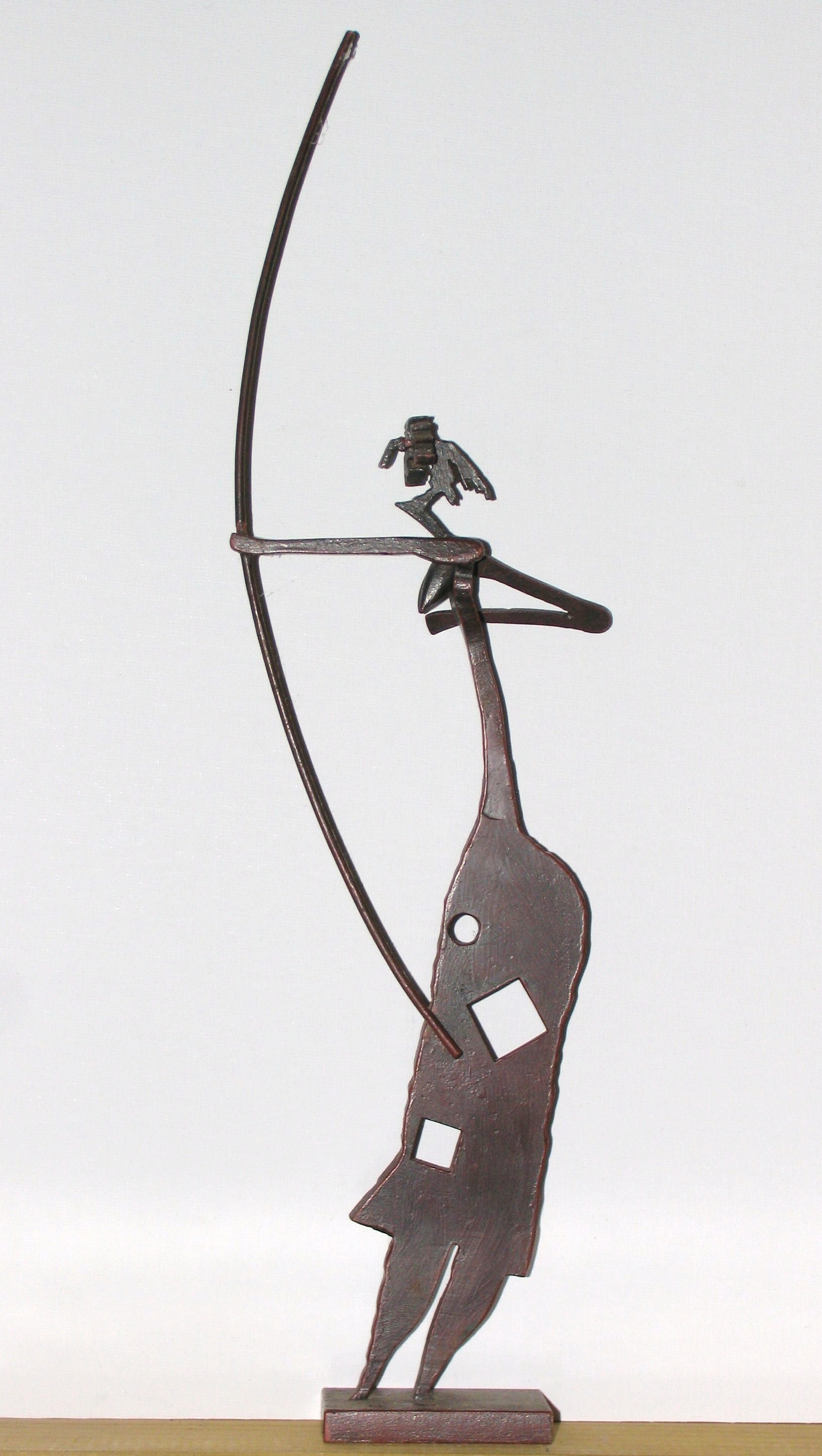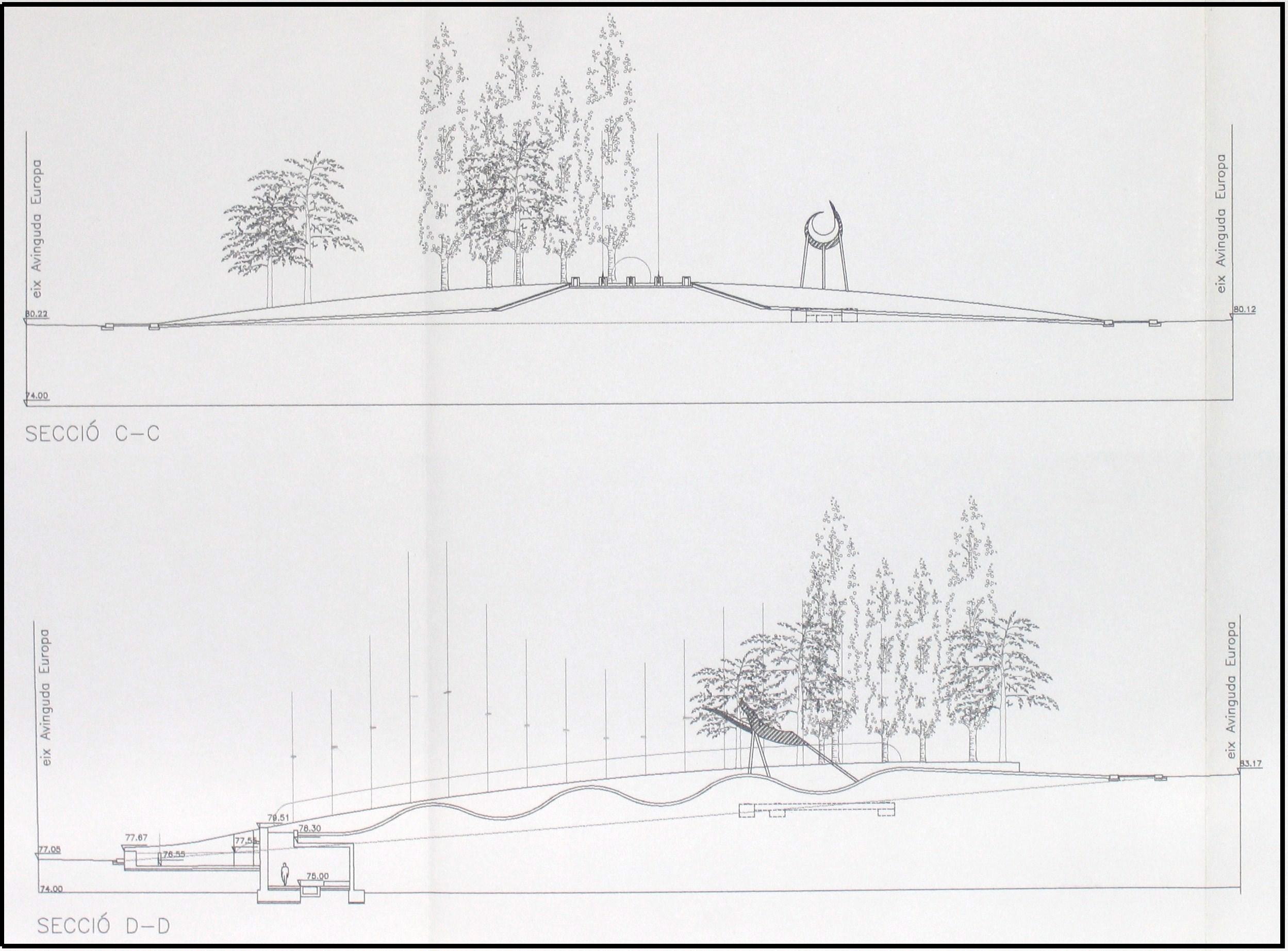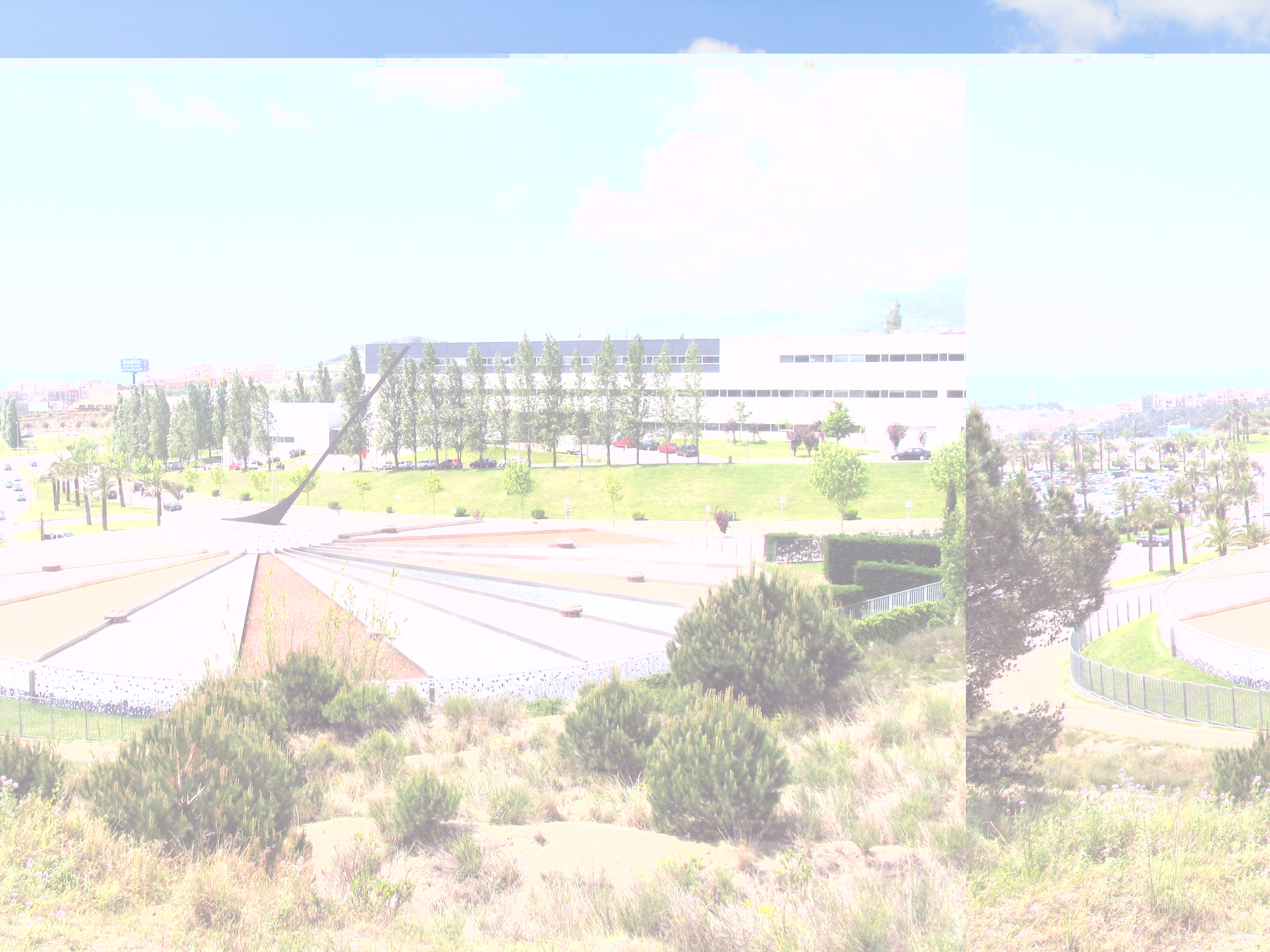Jonathan O’Rorke emerged from the Slade School of Art. Unlike his contemporaries, who congregated in London, O’Rorke flew south…
Elemental forces combine with human form and precision of line to produce controlled anxiety, threat and beauty. Nature and subject are stripped bare and reformatted in an order that is both disquieting and yet beguiling. This curious juxtaposition is achieved with humour, humility and just a little menace. Jonathan O’Rorke’s subjects are snapshots framed by nature. They are here today, here tomorrow. And yet gone forever.
His works are also an act of love. O’Rorke is an informed artist. You can see shades of Duchamp, Bacon, Freud, Beuys and Gowing.
Anyway, enough of that. Make your own minds up. O’Rorke passed out of London’s Slade to the sound of the Clash and into a world of punk and promise, with a formal ‘First’ in Fine Arts. He also won the college’s prestigious travel fellowship and went off to Spain. Here he painted fast and furious, before doing something so unconventional his world spun off its axis: he got married.
For a time his art stopped, as family needs came first. O’Rorke trained as a Civil Engineer, commuting between wife and children in Barcelona and Edinburgh University. On getting his degree he combined art and science and produced some highly praised civic sculptures in the heart of Catalunya, before doing a Doctorate (summa cum laude) in Concrete at the local Universitat Politècnica.
He now lives alone in the hills above Barcelona, painting and sculpting and designing bridges. Having done the conventional thing again (raising his two daughters before formally divorcing) O’Rorke is once again free to devote his energies to art.
A quick Q & A:
Why did you paint? And why have you come back to it?
I don’t paint. I sculpt ideas. Never stopped, I had to work out some way of being able to do it and survive at the same time, in between the rest of life.
Can a great engineer be considered an artist?
Great engineers try to be artists, but then they need real engineers to make their edifices stand up. There is something about when it moves into art, on the one hand it becomes popular but also it moves towards the impossible, if not the sickly such as Santiago Calatrava. The same happens with architects such as Frank Gehry (Guggenheim), or Enric Miralles (….the Scottish Parliament).
If Brunel had been a painter, how would he have painted?
Probable like Anthony Caro or a monumental kind of Jean Tinguely, who are both sculptors.
Which artists do you hate?
None. It’s not hate I feel but indifference, and that applies to most.
What makes art good?
Art is good for sewing humanity together. And without it there would be no progress or history.
Do you ever fantasise about taking over the whole of the Tate for a living retrospective which you can video watch from your Mediterranean dacha over a bottle of the finest Rioja available to humanity?
Yes, and I nearly did once, after the Slade there was a moment when it seemed possible, the art, the euphoria of success, then I got the train to Barcelona and the rest of my life.
Who is your favourite artist?
Not favorite, influenced…many:
Marcel Duchamp, Francis Bacon, Eugene Freyssinet, Giacometti, Fliedrich, Van Gogh, Lucian Freud, Joseph Beuys……Lawrence Gowing.
Mark Porter
